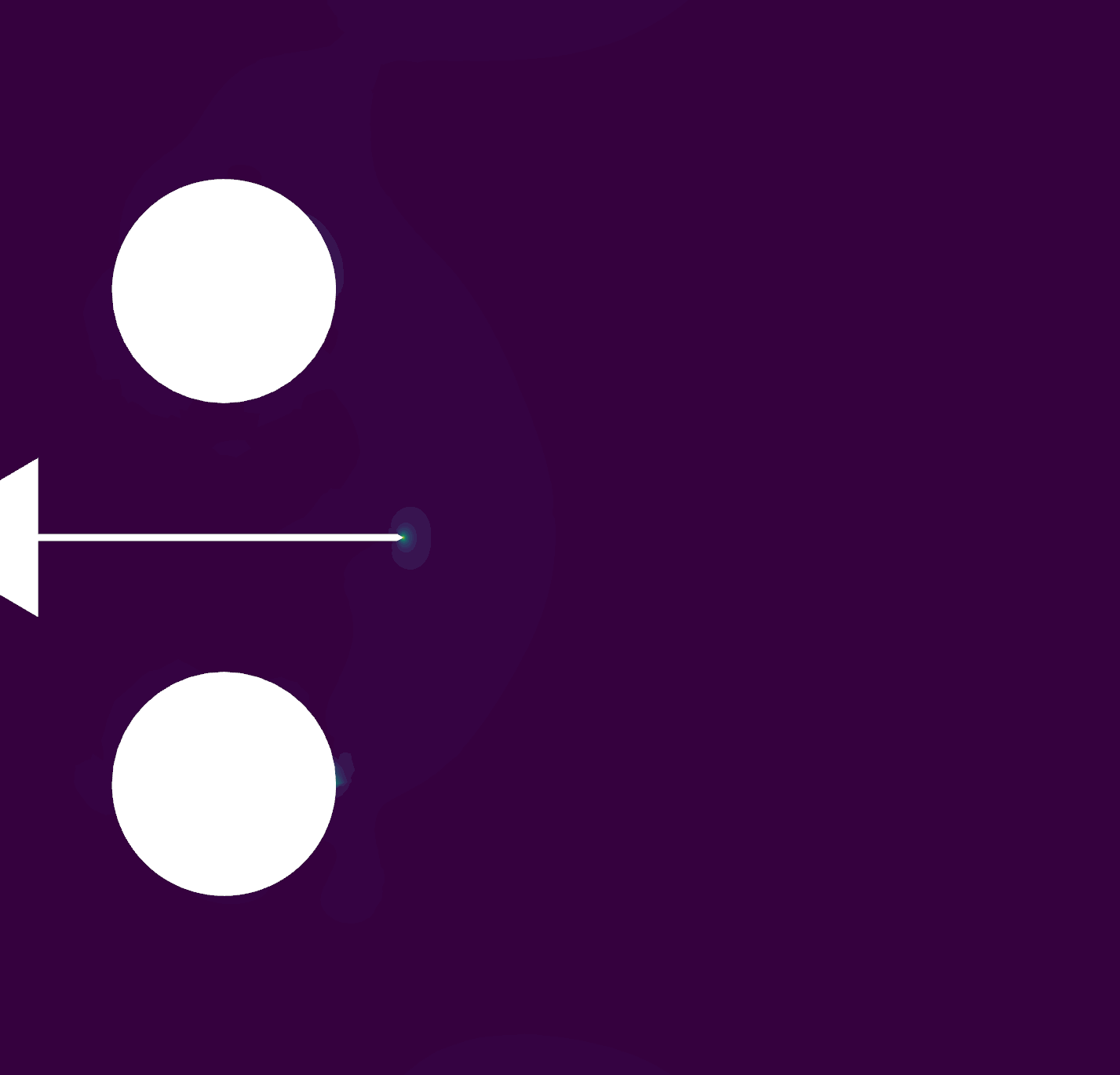Publications 📄#
Welcome to my research publications! Here you’ll find my contributions to the field of computational mechanics, specifically focusing on phase-field methods for fracture and fatigue analysis. My work combines theoretical advances with practical software implementations, bridging the gap between cutting-edge research and real-world applications.
PhaseFieldX: An Open-Source Framework for Advanced Phase-Field Simulations

Authors: M. Castillón Year: 2025 Journal: Journal of Open Source Software Volume: 10(108) Pages: 7307 DOI: 10.21105/joss.07307
This publication introduces PhaseFieldX, an open-source framework for advanced phase-field simulations. The project includes comprehensive documentation and is actively maintained on GitHub.
A Phase-Field Approach to Fracture and Fatigue Analysis: Bridging Theory and Simulation
(Preprint)



Authors: M. Castillón, I. Romero, J. Segurado Year: 2025 arXiv ID: 2509.08939 Primary Class: cond-mat.mtrl-sci
This article presents a novel, robust and efficient framework for fatigue crack-propagation that combines the principles of Linear Elastic Fracture Mechanics (LEFM) with phase-field fracture (PFF). Contrary to cycle-by-cycle PFF approaches, this work relies on a single simulation and uses standard crack propagation models such as Paris’ law for the material response, simplifying its parametrization. The core of the methodology is the numerical evaluation of the derivative of a specimen’s compliance with respect to the crack area. To retrieve this compliance the framework relies on a PFF-FEM simulation, controlled imposing a monotonic crack growth. This control of the loading process is done by a new crack-control scheme which allows to robustly trace the complete equilibrium path of a crack, capturing complex instabilities. The specimen’s compliance obtained from the PFF simulation enables the integration of Paris’ law to predict fatigue life. The proposed methodology is first validated through a series of benchmarks with analytical solutions to demonstrate its accuracy. The framework is then applied to more complex geometries where the crack path is unknown, showing a very good agreement with experimental results of both crack paths and fatigue life.
